Last-Minute NYC Holiday Gift Guide 🎁
We’ve created a holiday gift guide with presents for the intrepid New Yorker that should arrive just in time—

A quest for a handmade suit in New York leads us to the largest surviving unionized menswear factory in New York.

Editor’s Note: The following article was originally published in 2011. We are sharing it again to mark the passing of Martin Greenfield, who died on March 19th at the age of 95. Greenfield was born in what is now western Ukraine in 1928. During World War II, Martin and his family were taken to Auschwitz. At the concentration camp, Greenfield worked in the laundry room. A chance mishap there—accidentally tearing the collar of a Nazi guard’s shirt—would set the course for the rest of his life. In order to fix the shirt, a fellow prisoner taught him how to sew. Greenfield was eventually freed in 1945 and he moved to America as a refugee in 1947.
The client list of Greenfield Clothiers, the wildly successful garment business Greenfield created in the 1970s, includes stars like Frank Sinatra, gangster Meyer Lansky, Presidents Eisenhower, Clinton, Obama, Trump, and Biden, Martin Scorsese, Michael Jackson, and celebrity athletes like Shaquille O’Neal. Greenfield Clothiers have outfitted a variety of productions like Boardwalk Empire, Billions, and Joker. The business is now run by Greenfield’s two sons, Tod and Jay. Below, one of our writers recounts his experience at Greenfield Clothiers in 2011.
During a recent wardrobe overhaul I realized that it was time to move past the fashion delusions of my early 20s and enter into proper adulthood attired in the finest formalwear. My father would laugh if he knew I was shopping for suits again, as my past attempts yielded many cringeworthy outcomes. For the female reader unfamiliar with the process I suggest asking a male friend about the pains of ready-to-wear suit shopping. To this day, the appeal of bespoke tailoring remains indubitable: full client control of the customization and alteration process results in a personalized product and affords a rare peace of mind. It was my turn to find a tailor.
Unlike London’s famed and thriving Saville Row, New York’s original 3,000 large garment factories (numbering over a hundred workers) have gradually disappeared, largely in the wave of broader industrial outsourcing. My quest was brief: there is only one remaining unionized menswear garment factory of that size in the city.
When Martin Greenfield first came to work as a floor boy at 239 Varet St. (then known as GGG Clothes) in 1948, he had no intention of staying longer than necessary to finish his evening English classes. Yet, mastering the language turned out to be just the beginning. Greenfield stayed and eventually worked his way up to buy out the firm and the factory, in 1977. Since then, Martin Greenfield Clothiers has watched their immediate competition fold by the thousands. Meanwhile, the biggest change at 239 Varet St. during this time was a shift from gas to electric lighting.
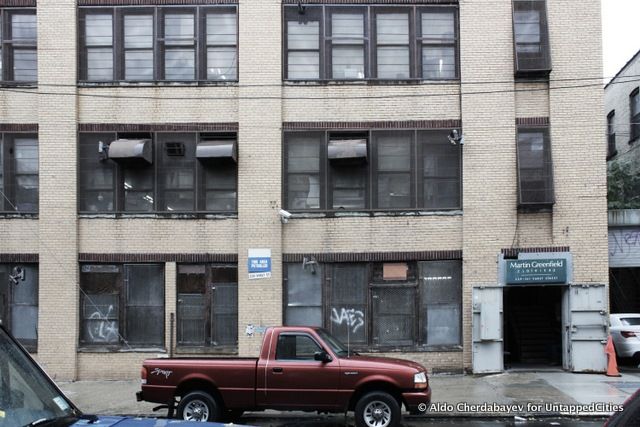
While waiting for my appointment at Greenfield’s, I observed an early fitting for a heavily tattooed frontman of a local band. He was trying on his new jacket in traditional navy herringbone, perhaps chosen to complement his Santa Claus beard. Once the musician paid the tailor an $820 cash advance in a roll of twenties, it was my turn to burden the clothier with all my wants. Within 20 minutes, all my measurements were taken and features were decided upon. I was invited back for a fitting in five weeks.
On the way out, I got a chance to meet Tod Greenfield, Martin’s son and head of operations, who gave me a tour of the factory. As we toured the open-plan workroom, Tod explained that Greenfield Clothiers operates as a dual-model business: one-on-one tailoring and supplying fashion brands. On the bespoke end, they serve a heterogeneous mix of gentlemen seeking to invest in the waning custom of artisan clothing, be it a first-time buyer like myself, a billionaire tycoon who orders 3 suits each season, or Michael Bloomberg, who is a frequent customer.
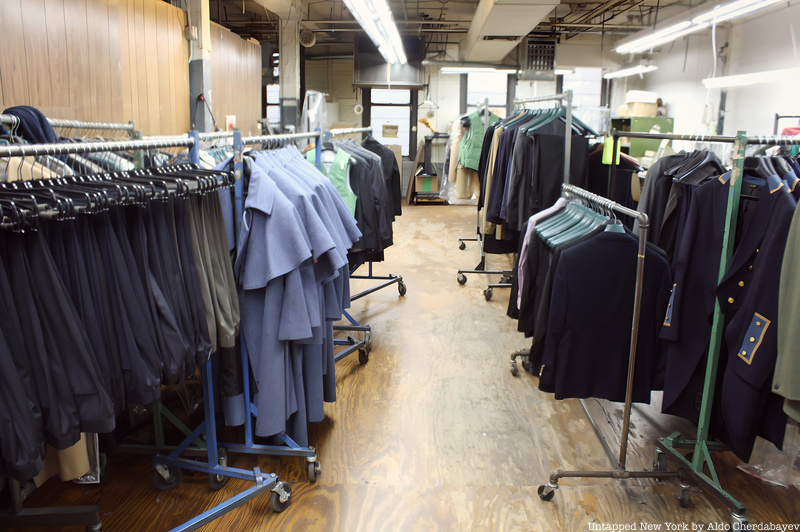
These days, however, Greenfield’s work is mostly commissioned by designers such as Rag & Bone and Band of Outsiders, and by costume designers for productions like Boardwalk Empire. The fabrication process is equally meticulous for both supplier and bespoke orders.
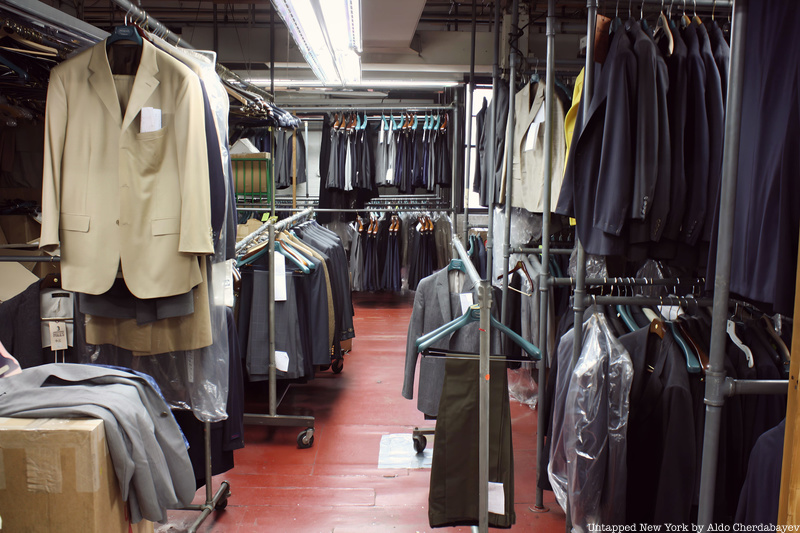
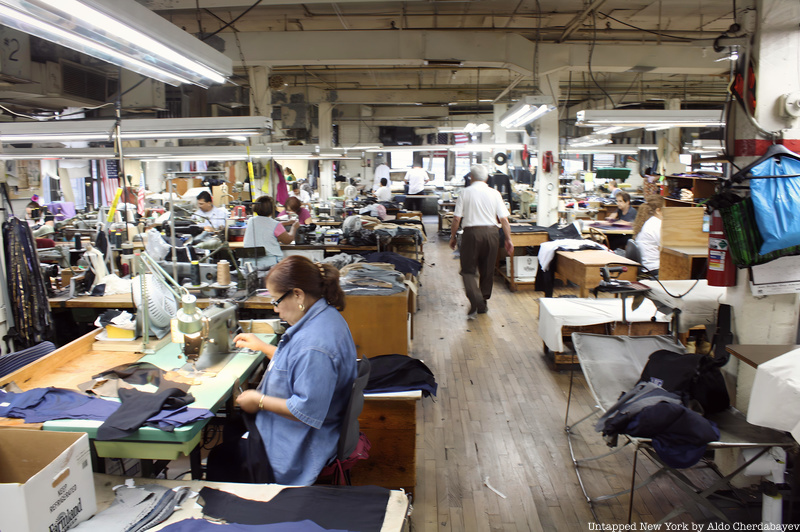
The factory employs one hundred and twenty employees, with the average tenure exceeding twenty years. As Tod recalled, his family business experienced representative immigration patterns of skilled workers in New York. “It’s always been an immigrant industry,” he reflected and offered a detailed chronology of migration trends, starting with Eastern Europeans after the Second World War, followed by workers from Greece, the West Indies, Puerto Rico, Mexico, and China. In line with this historical pattern, the supervising positions are now held primarily by European workers.
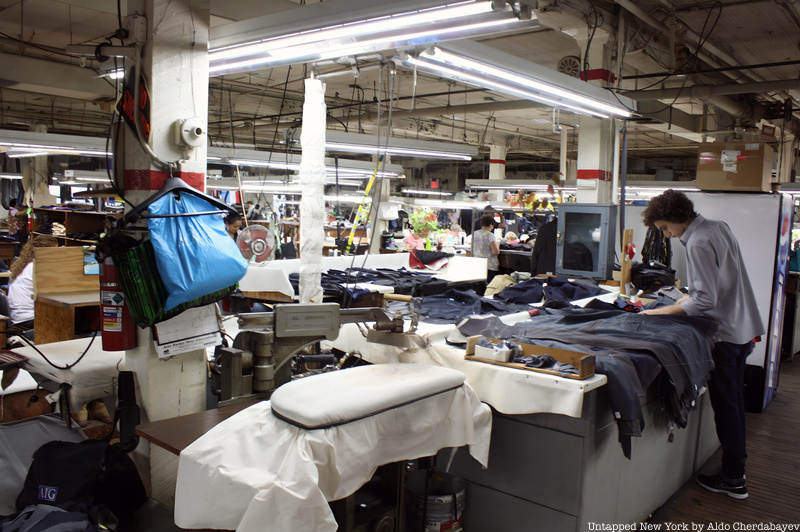
In recent years, the outsourcing of light industries has left countries like Dominica and several Central American nations with a surplus of highly skilled laborers, many of whom have found a new home at 239 Varet St. Many of these workers ultimately ended up relocating to 239 Varet St. The appeal of Greenfield Clothiers is evident: as a unionized factory, all workers are compensated with a living wage, health plans, and paid leave. Tod highlighted that most employees can afford to send their children to college.
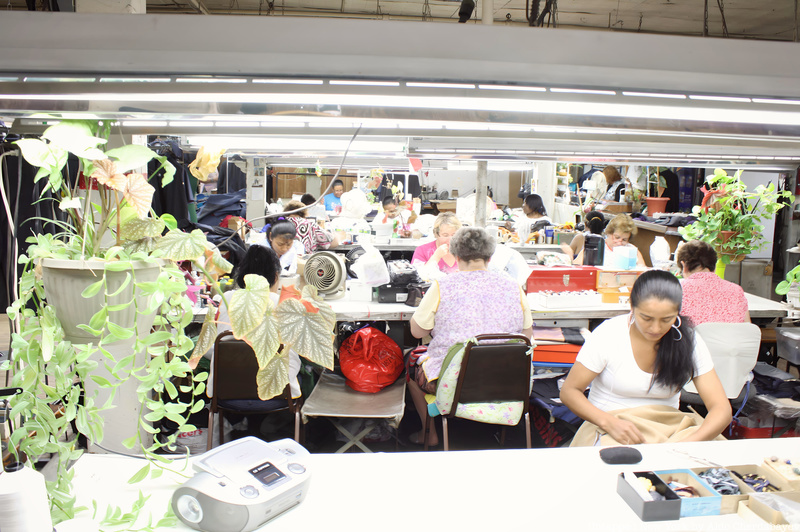
The factory is surprisingly efficient for such a laborious process: specialization is extreme, as each seamstress is responsible for a single operation, such as pocket stitching. The supervisors float between clusters of workstations to ensure quality, and Martin Greenfield himself can be found in the workroom daily to “keep things going,” as his son put it. The tools in use have not changed much over the years. The company owns a range of older machines, which allow for more advanced operation by expert tailors, especially when working on a diverse range of garments. Since all clothing is handmade from scratch in the same space, Greenfield Clothiers achieves complete control over quality. The result explains the factory’s continued existence and, fortunately for customers like myself preserves the best qualities of bespoke that set these garments well apart from machine-produced fashion. Let the five week countdown begin.
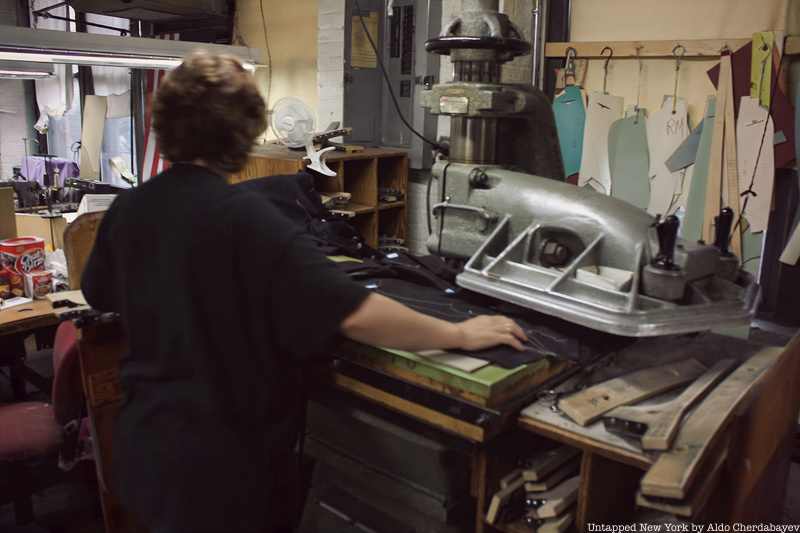
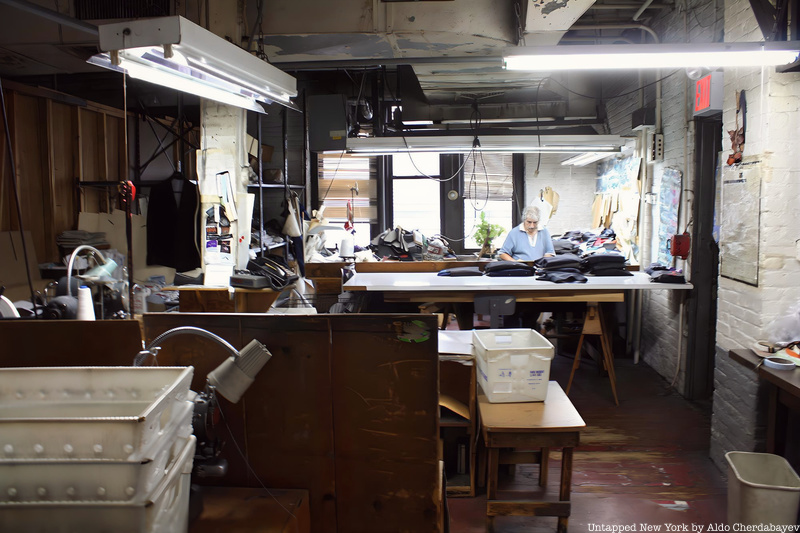
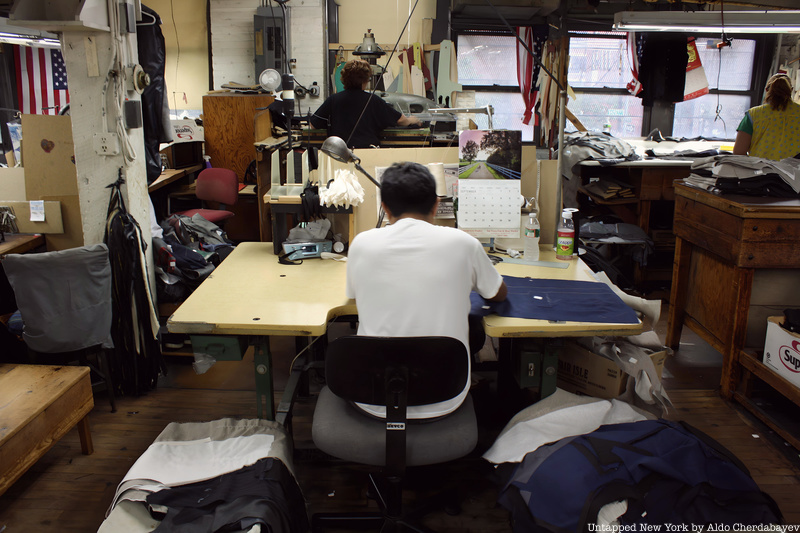
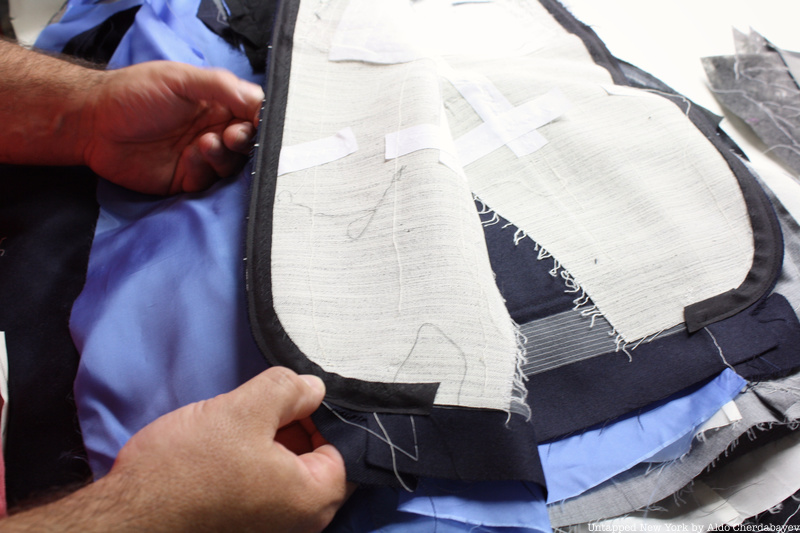
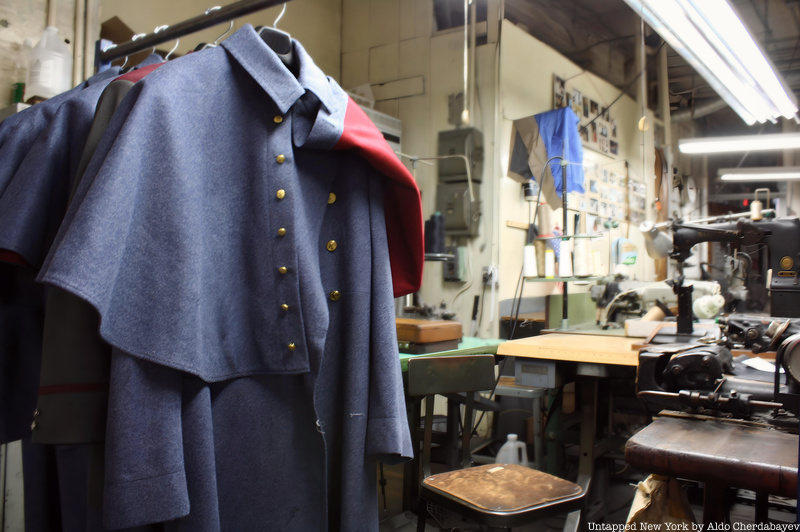
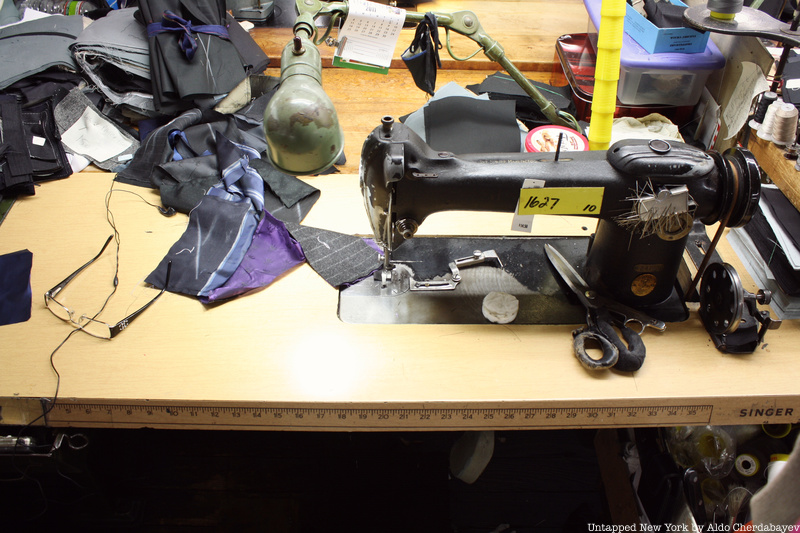
Next, check out NYC Makers: Q&A with Broadway Costume Designer Paloma Young
Subscribe to our newsletter